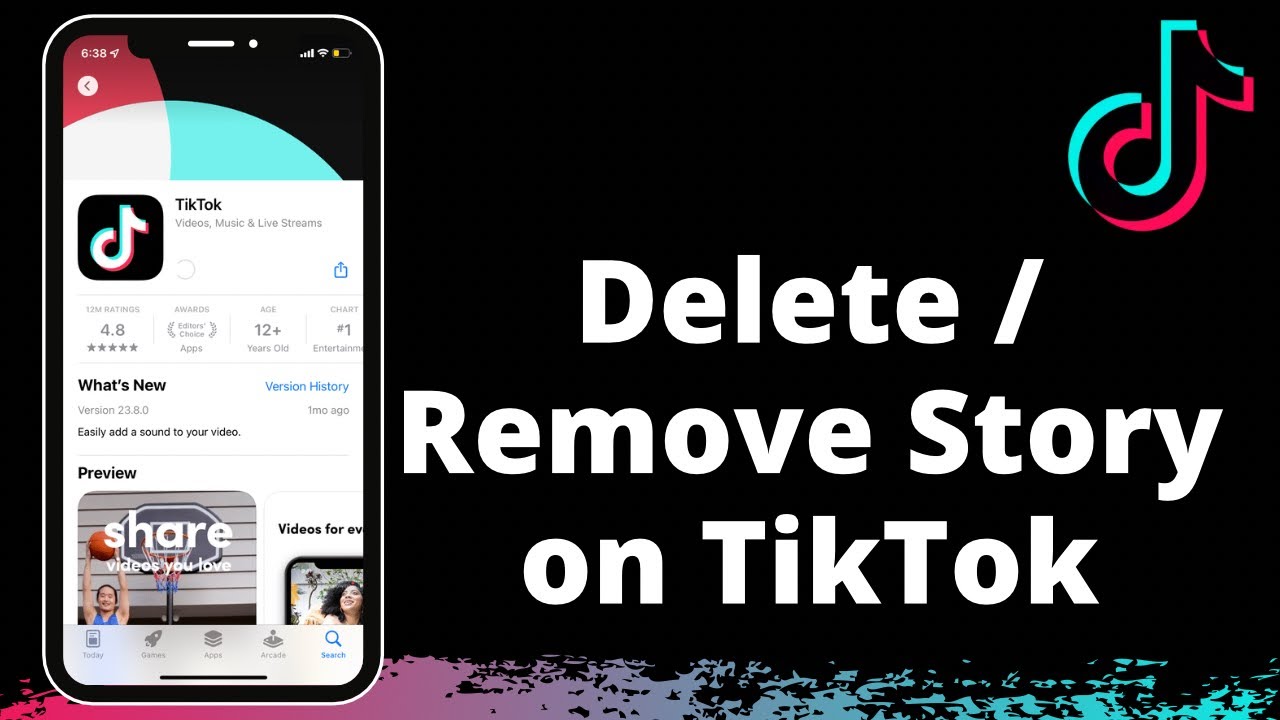While the convenience of Stream East is undeniable, its legality is murky at best. Most of the content streamed on the site is copyrighted, and distributing or accessing this content without proper licensing is considered illegal in many jurisdictions. However, enforcement varies widely and is often complicated by the use of proxy servers, offshore hosting, and constantly shifting domain names.
For users, this creates a moral and legal gray area. Is it unethical to watch a game you otherwise couldn’t access? Should fans be punished for seeking out their favorite teams when official providers fail to offer a viable solution?
Content providers argue that illegal streams undermine the sports ecosystem, depriving teams, broadcasters, and advertisers of revenue. Yet, the growing popularity of such platforms signals a disconnect between what fans want and what official services are providing.
The Response from Official Broadcasters
Major sports leagues and broadcasters have taken notice. Over the past few years, there has been a concerted effort to modernize official streaming services. Many leagues now offer direct-to-consumer platforms (e.g., NFL Game Pass, NBA League Pass) that bypass cable providers. Some networks have also reduced prices, introduced flexible plans, or improved their apps in response to the competition from unauthorized streaming.
At the same time, copyright enforcement has intensified. Websites like Stream East frequently get taken down or blocked by ISPs, only to reappear under a slightly different URL or name. This game of digital whack-a-mole underscores the resilience of the streaming underground and the difficulty of regulating it effectively.
The Role of Internet Culture
The rise of Stream East isn’t just a technological phenomenon—it’s a cultural one. In meme culture, social media commentary, and online communities like Reddit and Discord, free sports streaming has become normalized. It’s common to see users sharing links, stream tips, or even joking about watching the Super Bowl on a “dodgy site with 30 pop-ups and a Russian commentator.”
This normalization reflects a broader shift in how people value media. For Gen Z and younger millennials, the expectation is increasingly that content should be available on demand, on any device, and often for free. Platforms that fail to meet these expectations risk becoming irrelevant.
Privacy and Security Risks
While sites like Stream East offer free access, there are trade-offs. Users risk exposure to malware, data tracking, and other cybersecurity threats. Many of these sites rely on aggressive advertising networks that can include harmful content. Even when the platform seems clean, its third-party links may not be.
Using ad-blockers, VPNs, and strong antivirus software can help mitigate these risks, but they don’t eliminate them. There’s also the ever-present possibility of legal repercussions, especially in countries with strict anti-piracy laws.
What the Future Holds
The existence and popularity of Stream East point to a deeper issue: a market that has failed to evolve quickly enough to meet consumer demand. As streaming continues to dominate media consumption, providers must rethink pricing, access, and user experience.
Here are a few potential outcomes:
- Integration of Micro-Payments: Imagine being able to pay $2 to watch a single game, rather than subscribing for a whole season. This model could reduce piracy by offering legal, flexible options.
- More Global Access: Many fans turn to illegal streams simply because legal ones aren’t available in their region. Improved global licensing could help reduce this reliance.
- User-Centric Design: Stream East and similar platforms are designed with user experience in mind. Clean interfaces, fewer ads, and easy navigation should become the standard, not the exception.
- Enhanced Crackdowns: Governments and leagues may double down on efforts to shut down these services, potentially pushing users to even darker corners of the web—or forcing real change in the official offerings.
Conclusion
Stream East is more than just a website—it’s a reflection of the digital age’s growing pains. It shows what happens when consumer demand outpaces the official supply, and when tradition-bound industries resist innovation. While its legality and ethics are subject to debate, its popularity is not.
Whether Stream East and similar sites are a temporary fix or a sign of the new normal remains to be seen. But one thing is clear: the world of sports broadcasting is at a crossroads, and fans are no longer willing to wait on the sidelines.




